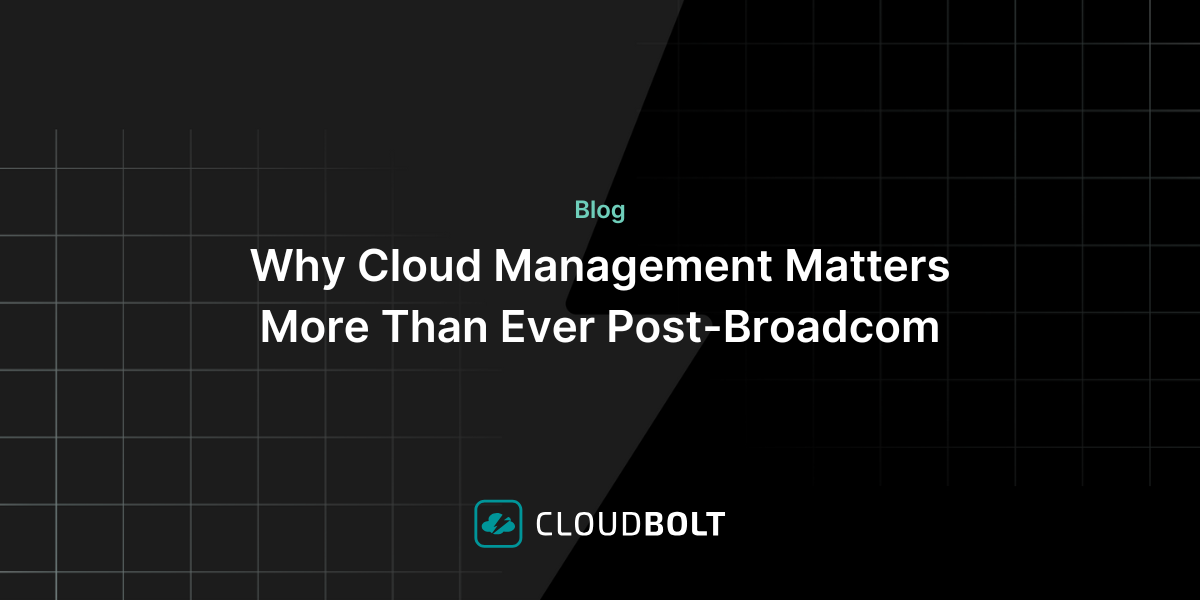The Case for Visibility – Cloud Security Redefined
Cloud computing visibility needs are a core part of the success in the cloud. Making a move to the cloud can help enterprises accelerate IT delivery and increase business agility. But the cloud is a double-edged sword and can open up the business to gaping security threats. So, how can organizations protect themselves from a cyber-attack? The answer is increasing visibility.
Traditional security tools, such as intrusion detection systems and firewalls, usually work well within an organization. However, these tools are not as effective in the cloud. The cloud is dynamic and elastic, which makes it difficult for IT to see what’s happening in real-time. Without visibility, organizations can’t secure their cloud infrastructures.
Do Cloud Service Providers Help with Cloud Security?
Cloud providers only take responsibility for security up to the hypervisor layer. Anything beyond that is the responsibility of the organization. The cloud has a shared responsibility security model. In short, security in the cloud is largely the customer’s responsibility.
Organizations can deploy whatever tools and measures they deem fit to protect their data, applications, networks, and systems from attacks. This is no different from what they would have to do for their on-premises deployments.
The Case for Visibility – Cloud Security Improved
How can organizations achieve visibility in the cloud and ensure resources are secure? Here are the five best practices:
Continuous Visibility
Organizations should know exactly what’s going on with their data, infrastructures, and users at any one time. Achieving this level of visibility in the cloud can be challenging because of its elasticity, automation, and on-demand mode of operation.
Cloud management tools, such as CloudBolt, can help organizations gain visibility into their cloud deployments. By knowing what’s going on at all times, organizations can mitigate the risk and limit the attack surface.
Exposure Management
Organizations need to add some context to their cloud visibility. Once they gain transparency and visibility, they can successfully eliminate known vulnerabilities, such as mobile devices and out-of-date workstations.
Access Control
Weak access control is one of the biggest causes of cloud security breaches. Organizations need to make sure they’ve put in place stringent access management and privilege monitoring. IT should constantly monitor user activity to make sure there are no deviations from the laid down policies.
Data Protection
Organizations need to put in place measures to protect data, both at rest and in motion. Technologies, such as DLP (Data Loss Prevention), ensure organizations cannot send out their networks’ data even when there’s a compromise.
Compromise Management
Try as they might, organizations cannot prevent all breaches. What is important is to have a plan for dealing with the breach.
IT should put in place technologies and processes that enable the organization to respond quickly to security breaches before they get out of hand.
As more organizations move their workloads to the cloud, the need for visibility into data traffic and applications is becoming a priority. Organizations can meet this need by investing in the right tools and personnel. CloudBolt is one such tool.
Get the cloud visibility you need. Sign up for a CloudBolt demo today.
Related Blogs

Why Cloud Management Matters More Than Ever Post-Broadcom
The cloud was supposed to simplify infrastructure. But for many organizations, especially those entrenched in VMware, the last several months…

